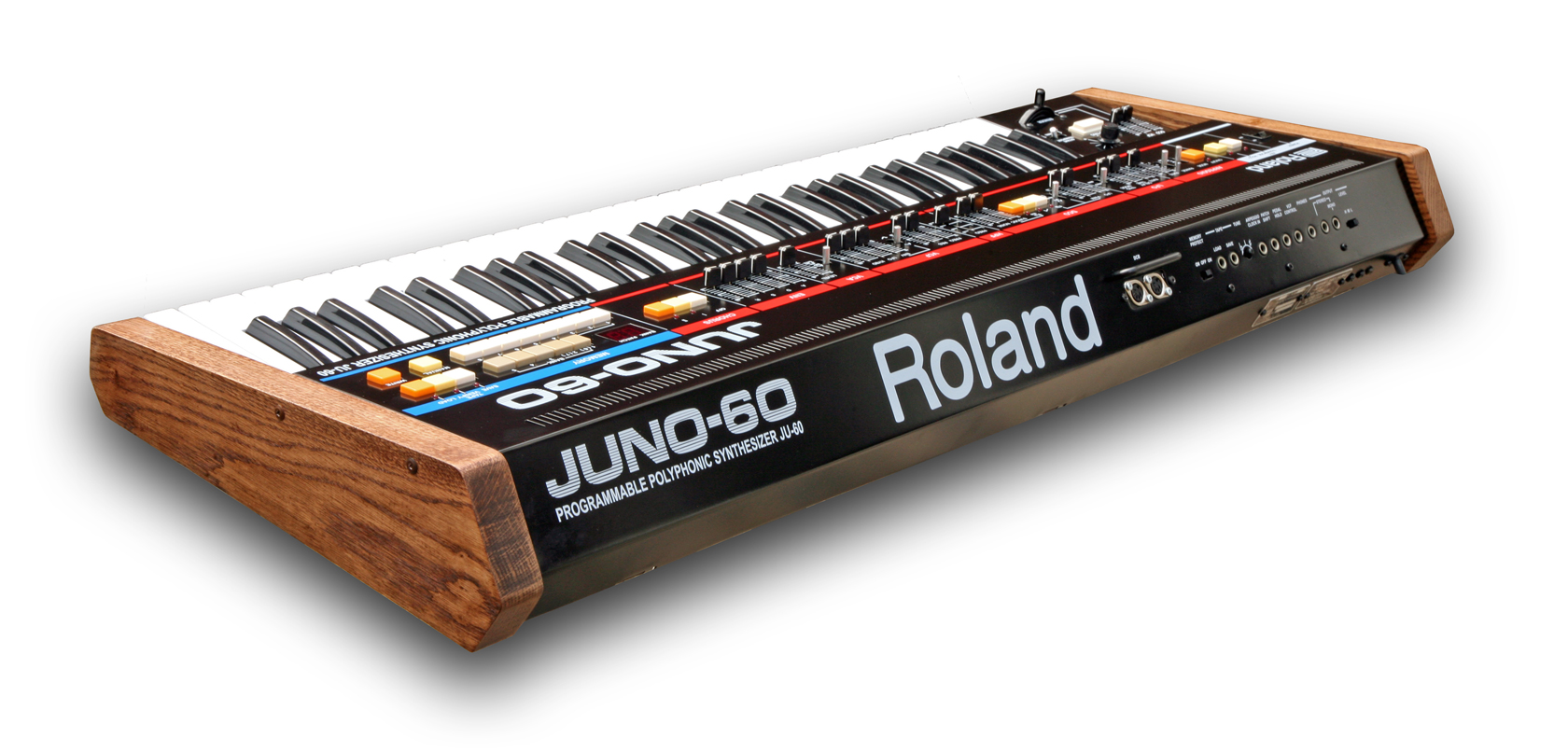1996-1999
Matthew Steinke – Guitar, Electronics, and Vocals
Josh Warren – Bass and Synthesizer
Chad States – Keyboards
Jeremy Green – Drums (first two records)
Dave Snider – Drums (last record)
Our compositional process was collaborative, merging the best sections from hours of jam sessions. This democratic approach to music creation was highly effective, allowing each member to contribute equally. Additionally, we crafted foundational parts that served as a base for improvising electronic and feedback noise, a key feature of our live performances. Once the instrumentation was fully developed, I could replay our practice recordings through headphones and focus on writing the lyrics. During long bus rides, I compiled the Satisfact songbook, drawing from billboards, signage, electronics manuals, sci-fi pulp novels, and introspective musings.
Our influences spanned both popular and obscure punk and new wave bands like Mission of Burma, Eno, Wire, Gary Numan, The Stranglers, Gang of Four, Life in General (Seattle), Kraftwerk, Devo, The Cure, The Talking Heads, Sparks, Random Hold, and Joy Division. We were particularly interested in the late 70s and early 80s period when punk and new wave intersected and retained a raw, unrefined sound. Like many Northwest bands, we also drew heavily from our peers, the improvisational noise scene, Sonic Youth, and Fugazi, shaping our sound out of many influences.

There are several YouTube playlists with most of our releases. Track them down on vinyl if you can find a copy. There is extra stuff on those versions and it sounds way better.

If you ever wondered what the tones at the end of the Orange Album were, it was a recording of an EPROM data stream intended for loading the keyboard patch memory onto Chad’s Juno 60 synthesizer. It uses an audio player (originally cassette) to stream data like an old modem into a port on the back of the synth. The tones get fed into a decoder circuit which replenishes the backed up settings.
As our primary synth, it was often losing its settings right before a show, and sometimes the cassette version of the tones would get lost or take too long so we put it on our CD as a track. That way there would always be one around to quickly reload its memory from a portable CD player. Here is the link if you want to load the exact tones from our recordings onto your Juno 60.





